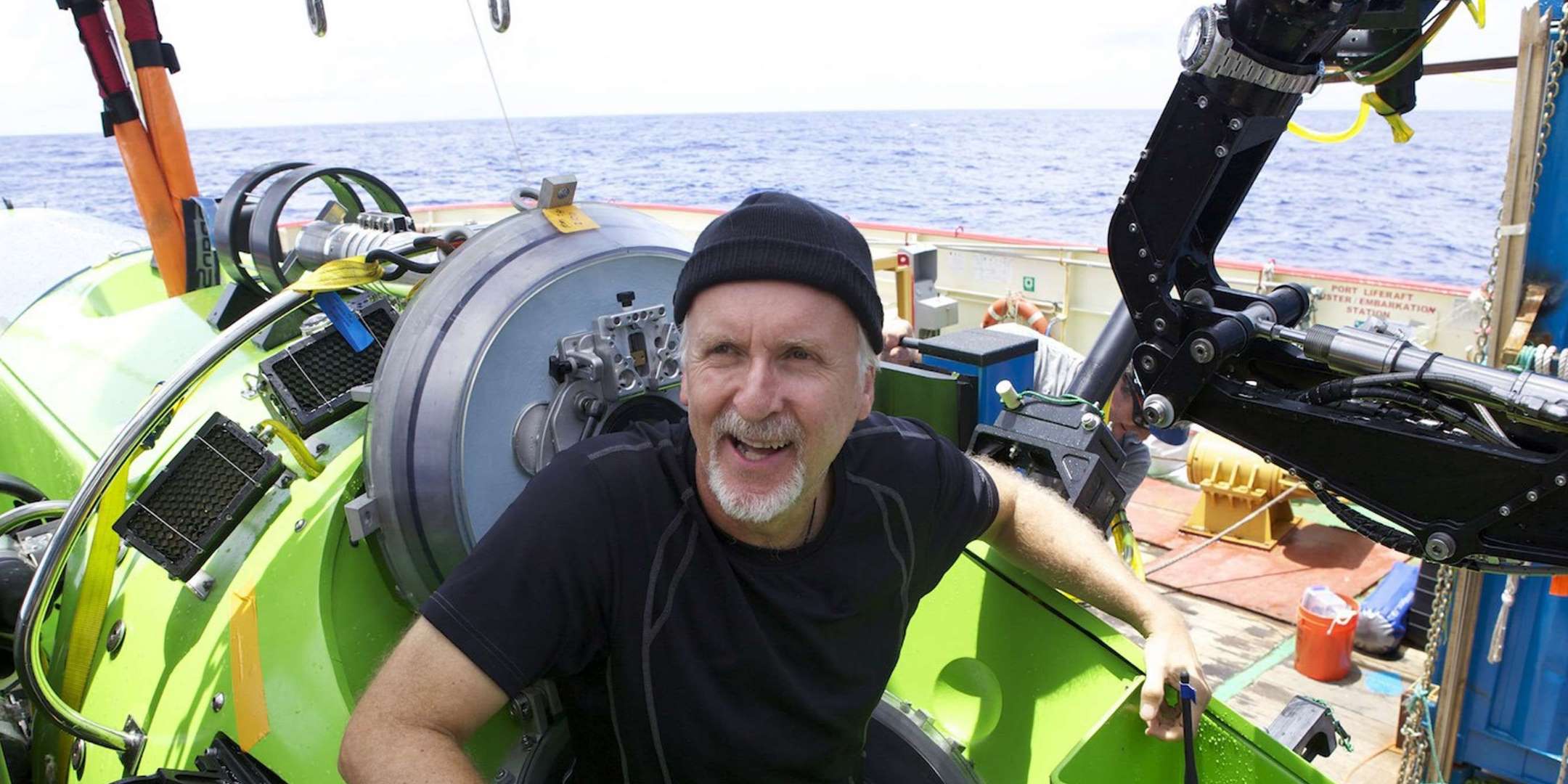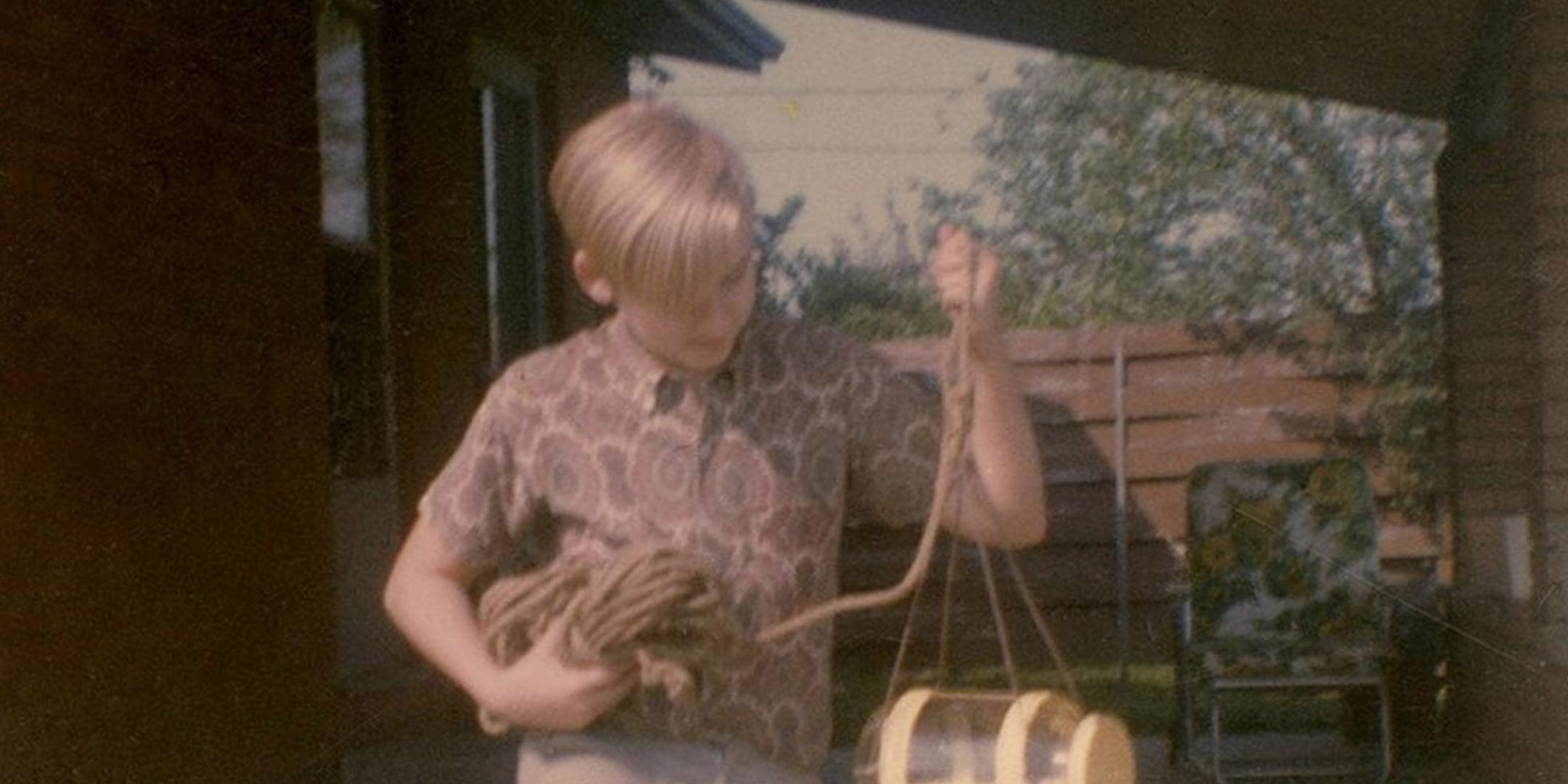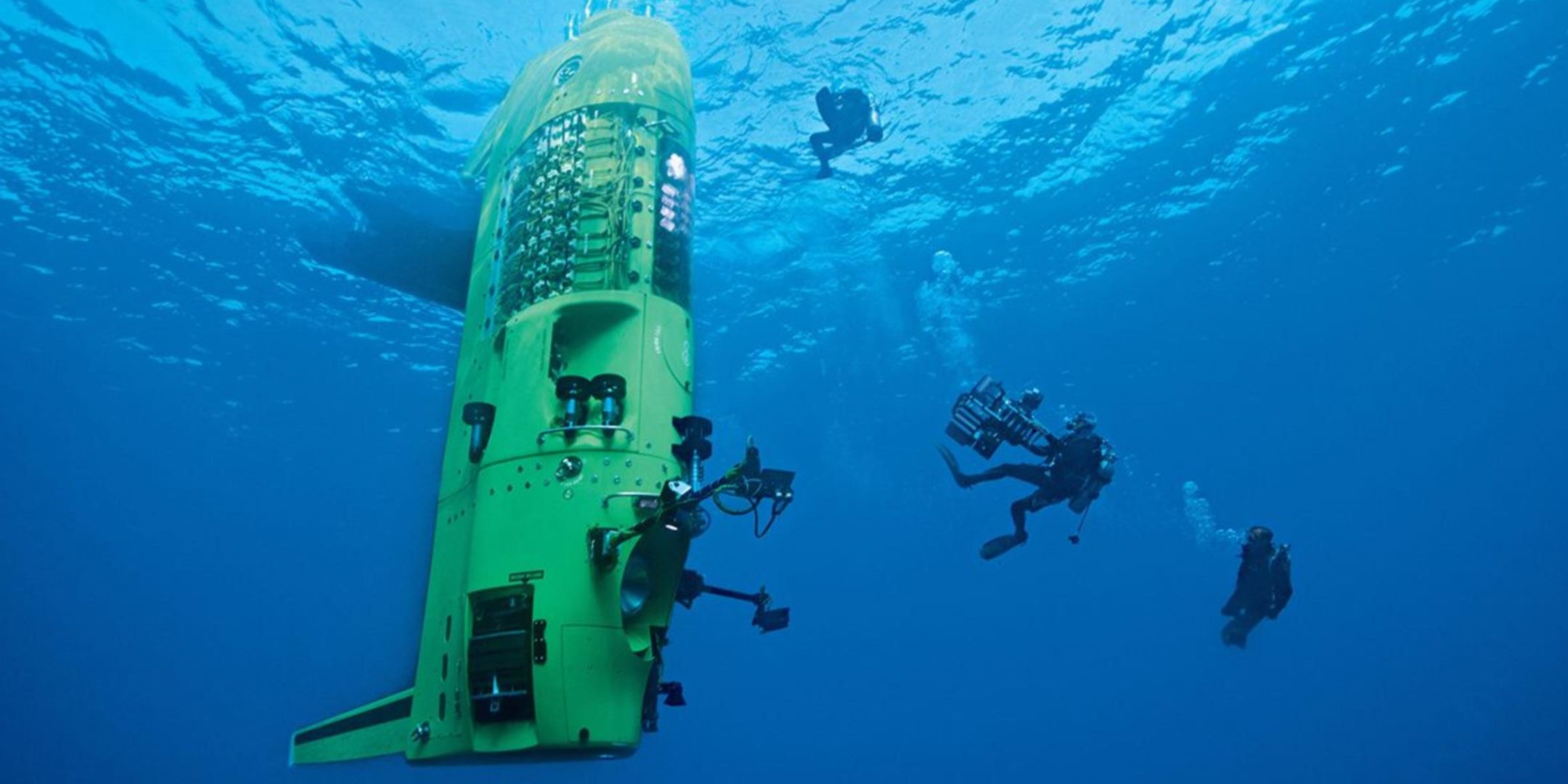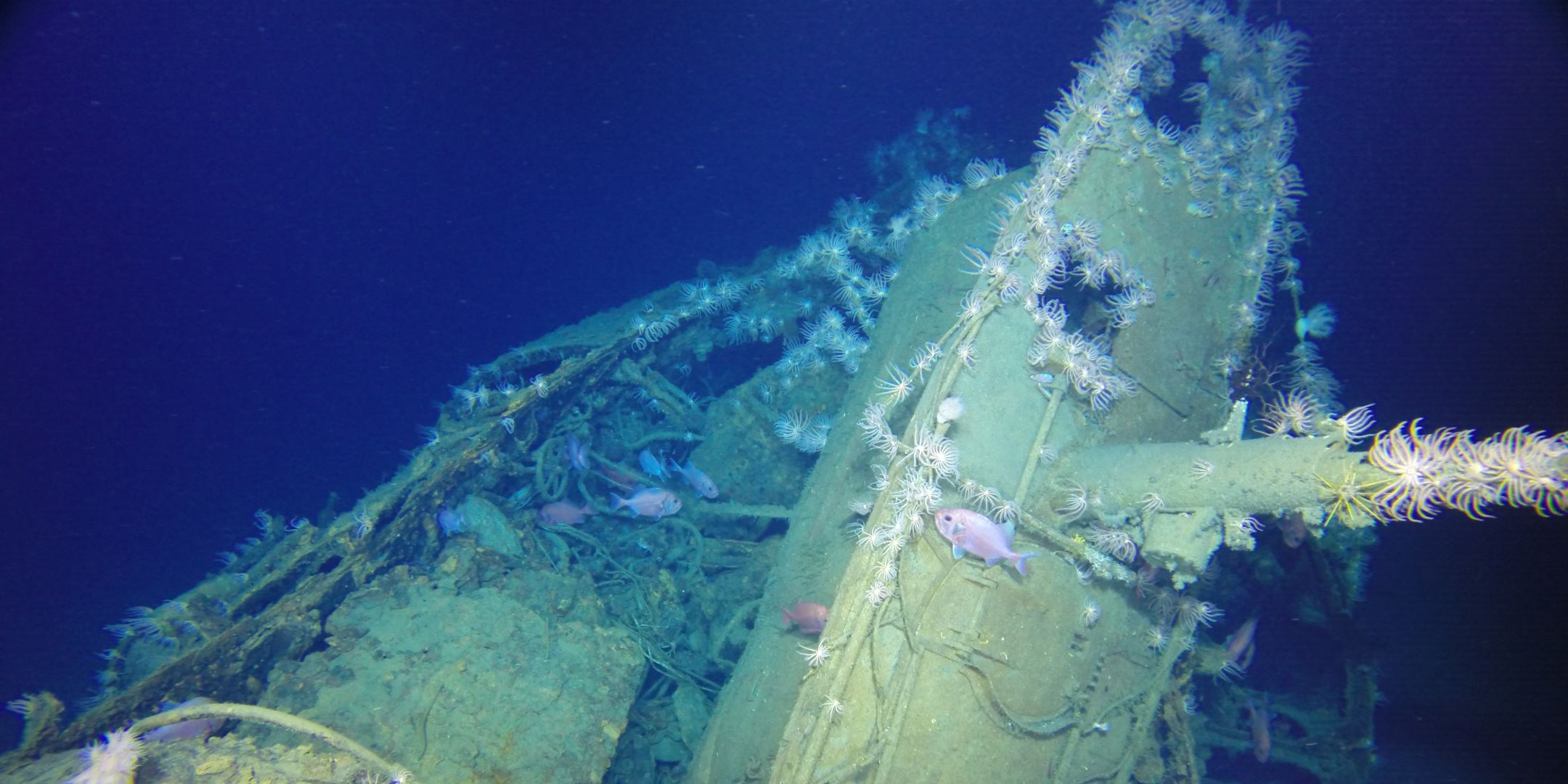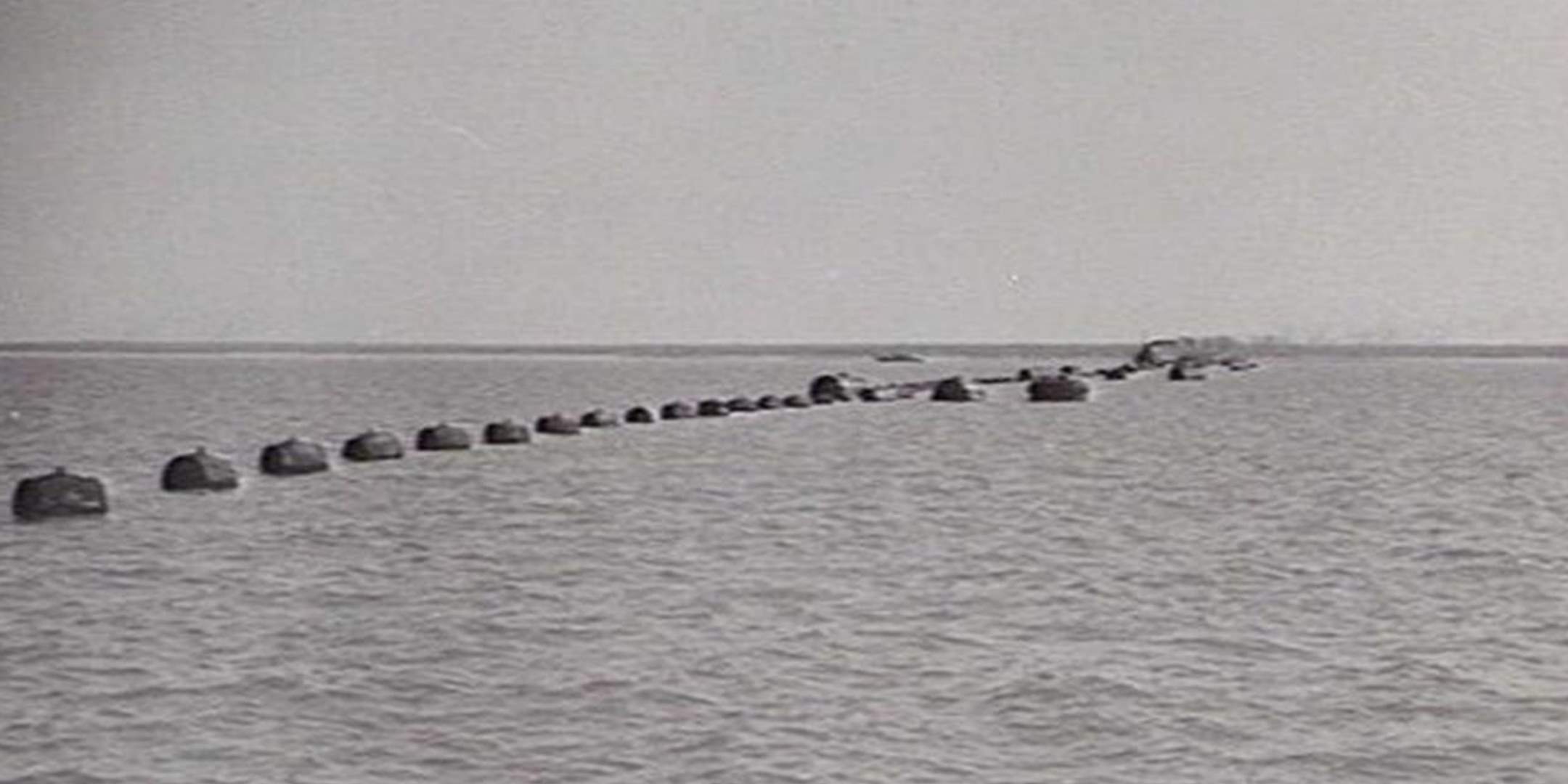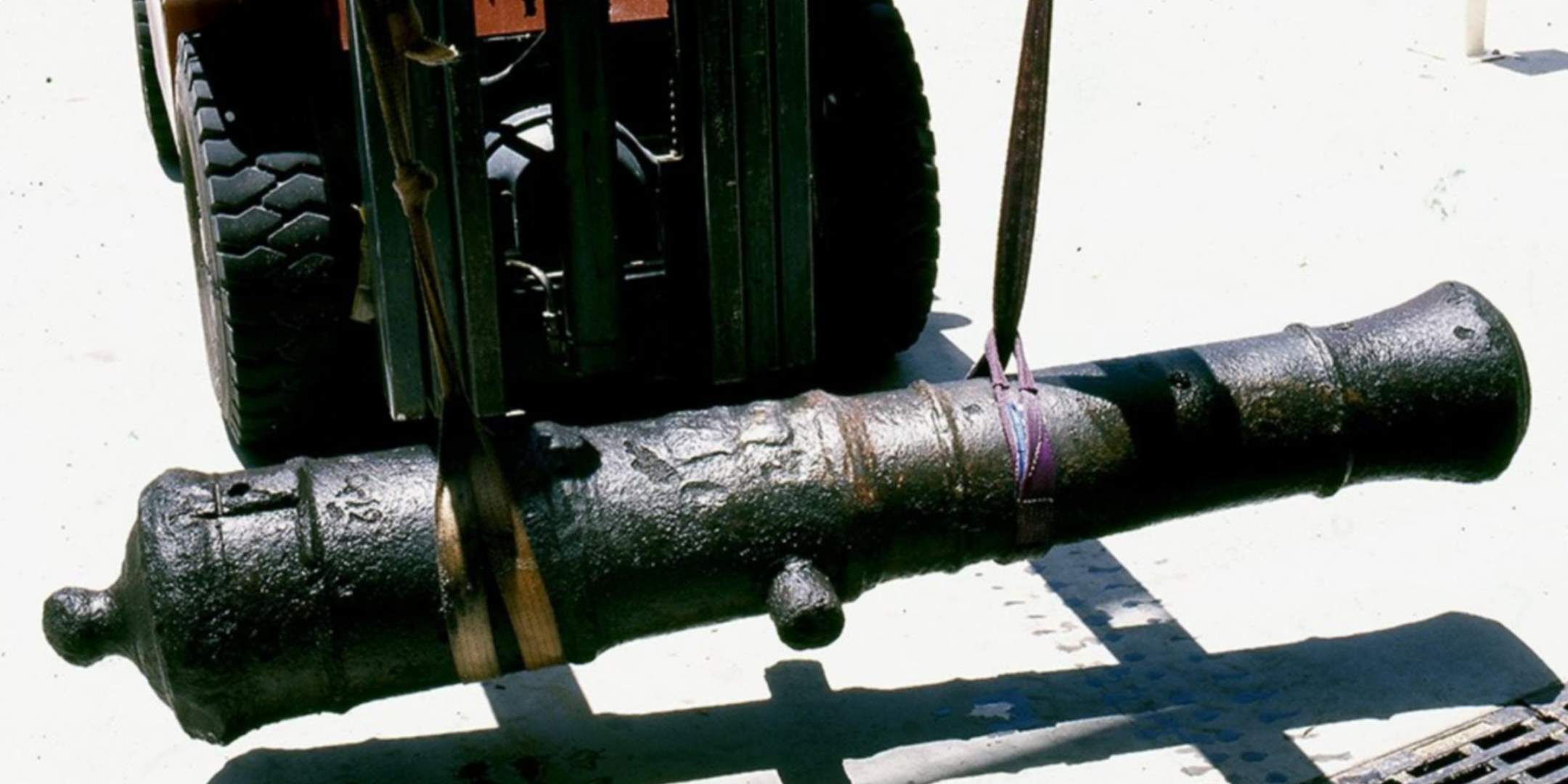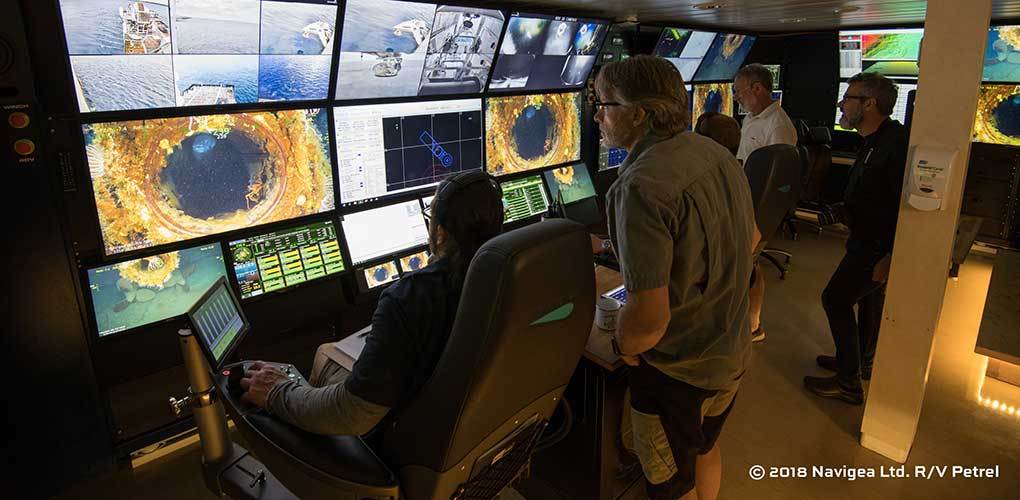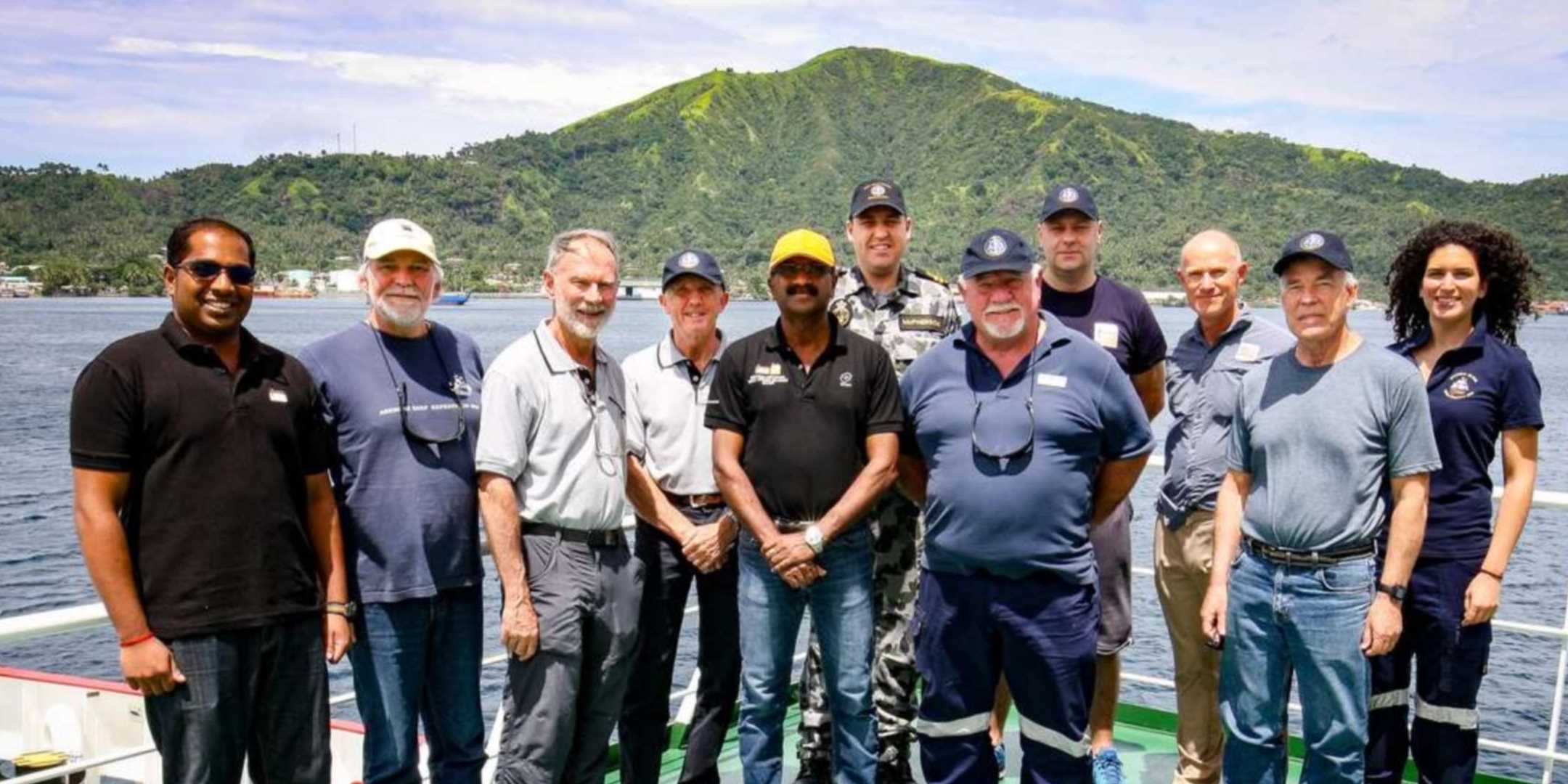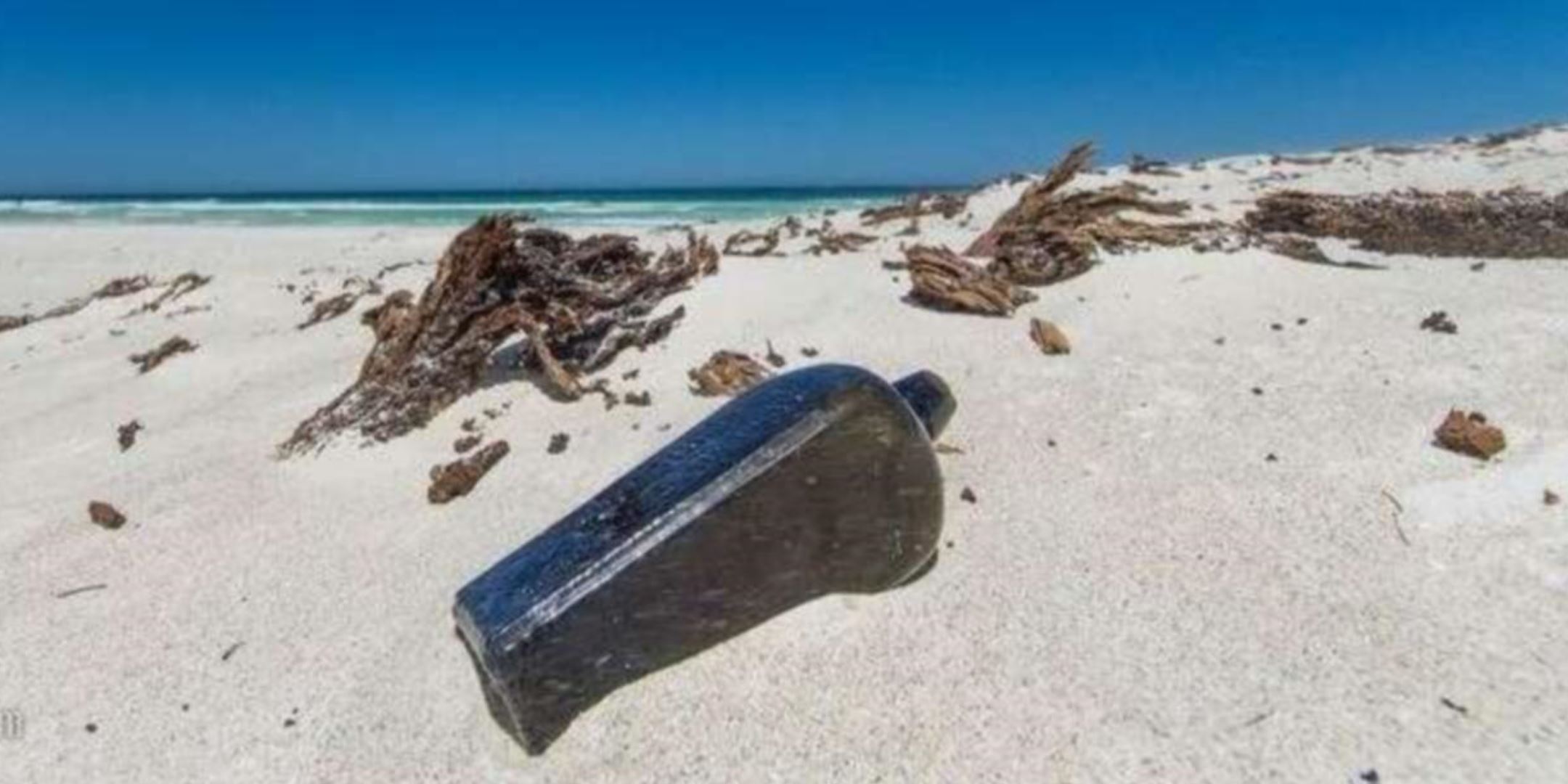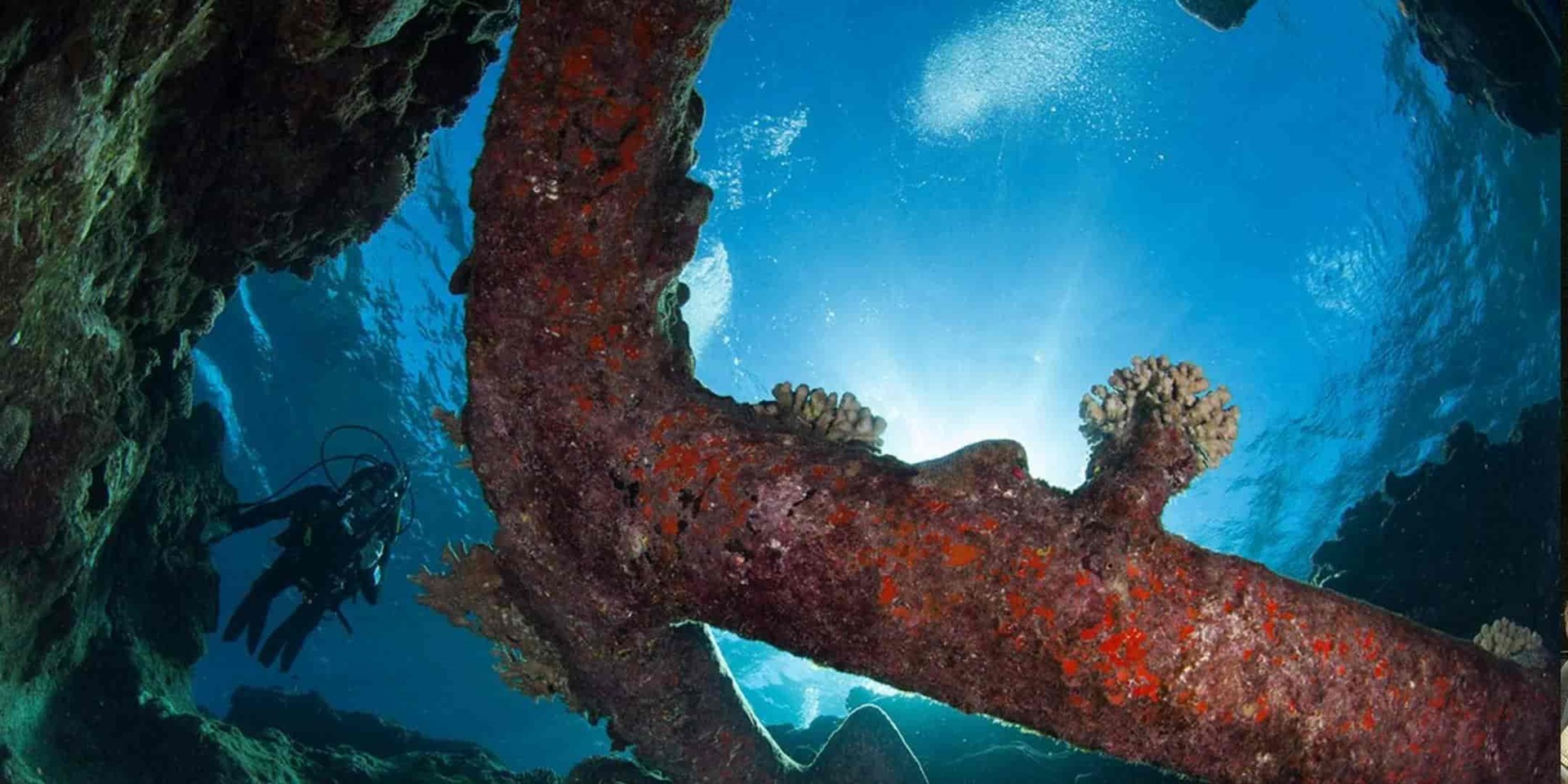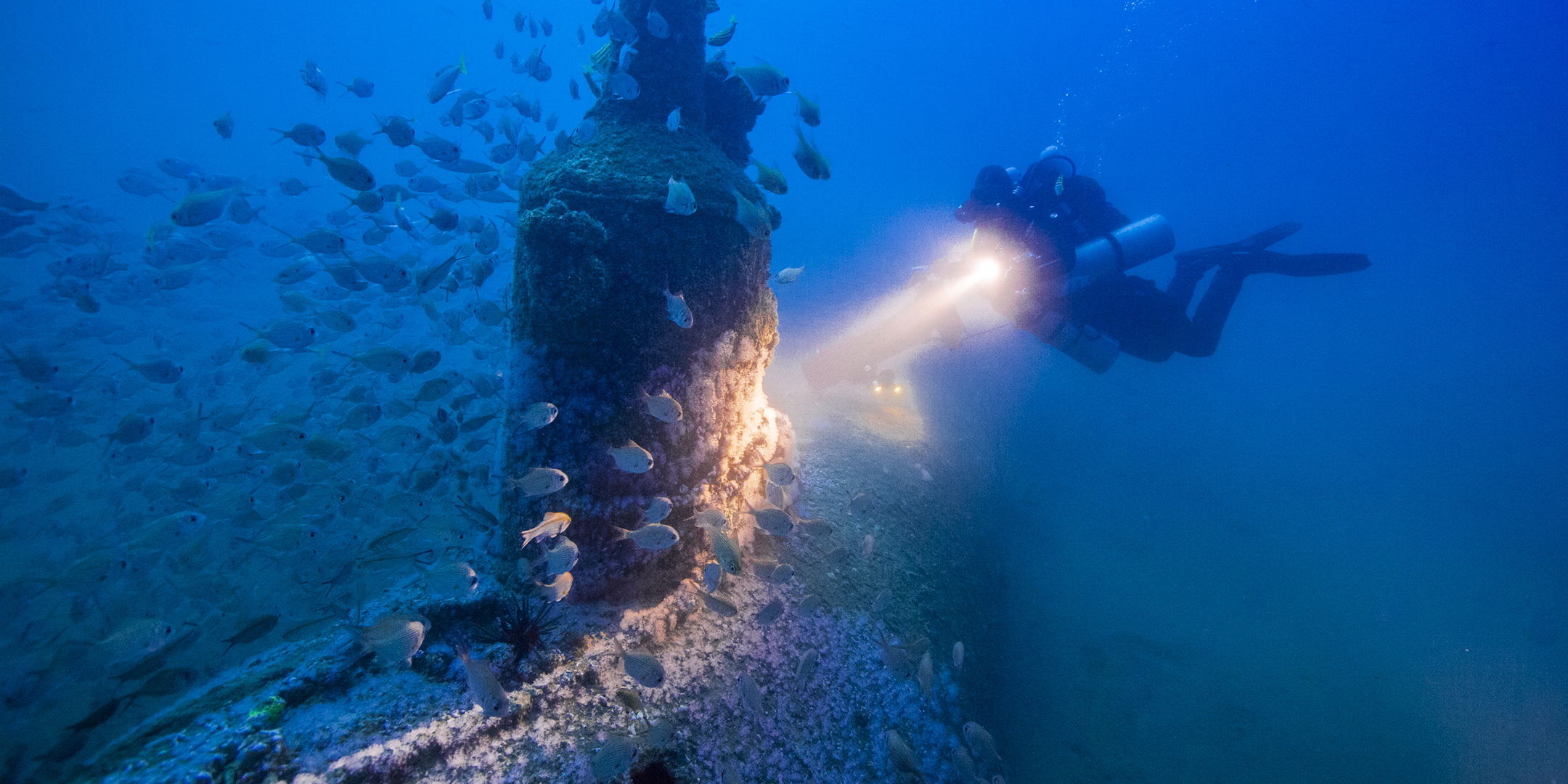The Australasian Institute for Maritime Archaeology (AIMA) is the professional body for Australian maritime archaeologists.
The association produces a newsletter and a scholarly journal, the Bulletin of the Australasian Institute for Maritime Archaeology, and has a regular conference with papers from Australia and overseas. Publications produced by AIMA are available at the Vaughan Evans Library.
The AIMA Bulletin is the first publication point for maritime archaeological research in Australia. The AIMA website contains useful information, including contacts, an index to the Bulletin and past issues of the newsletter available online. The Bulletin is also indexed by the abstracting and indexing service APAIS which is available online at many libraries around Australia. In some larger libraries, such as university libraries and state libraries, this resource is available as a full text service.
